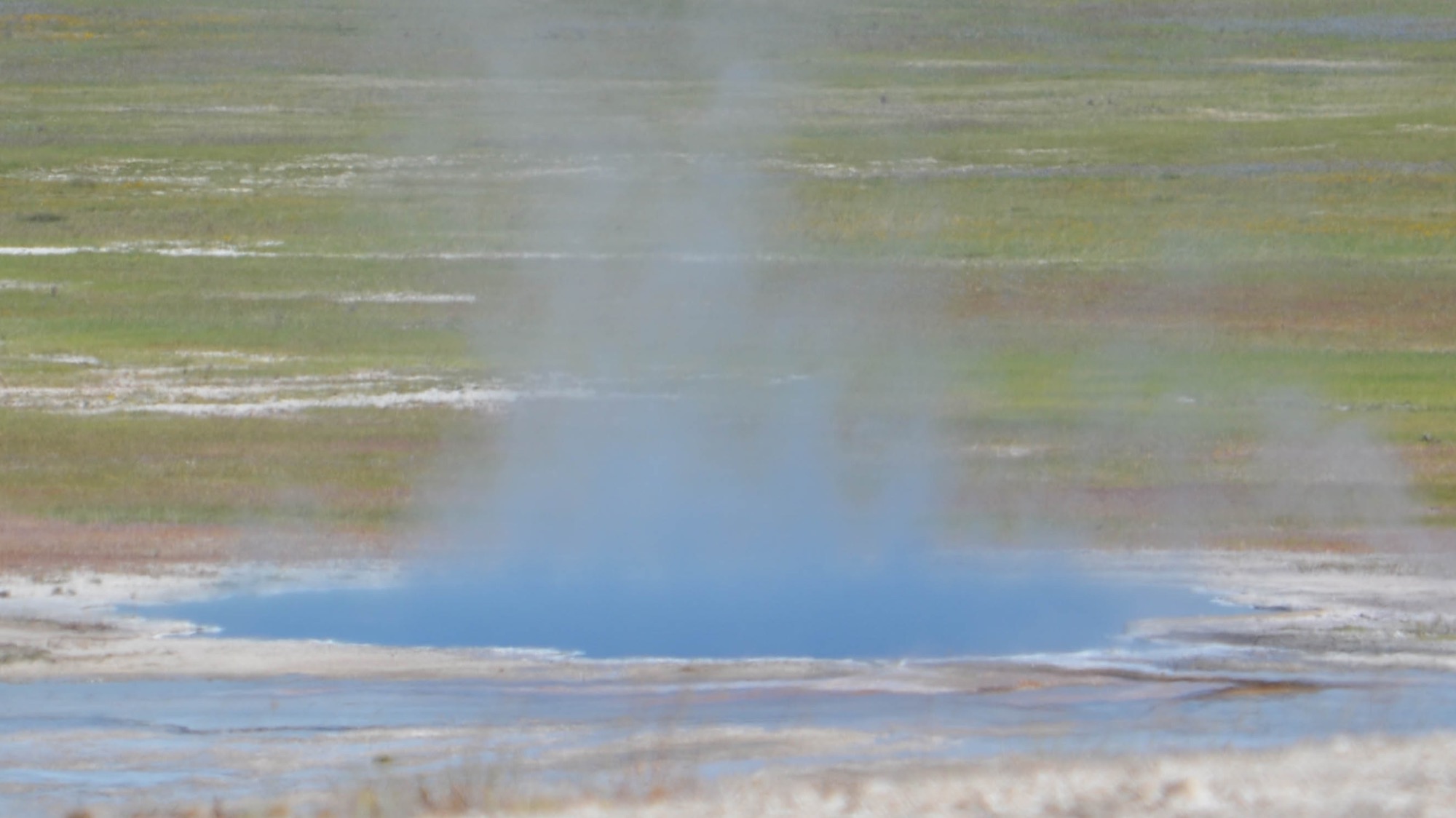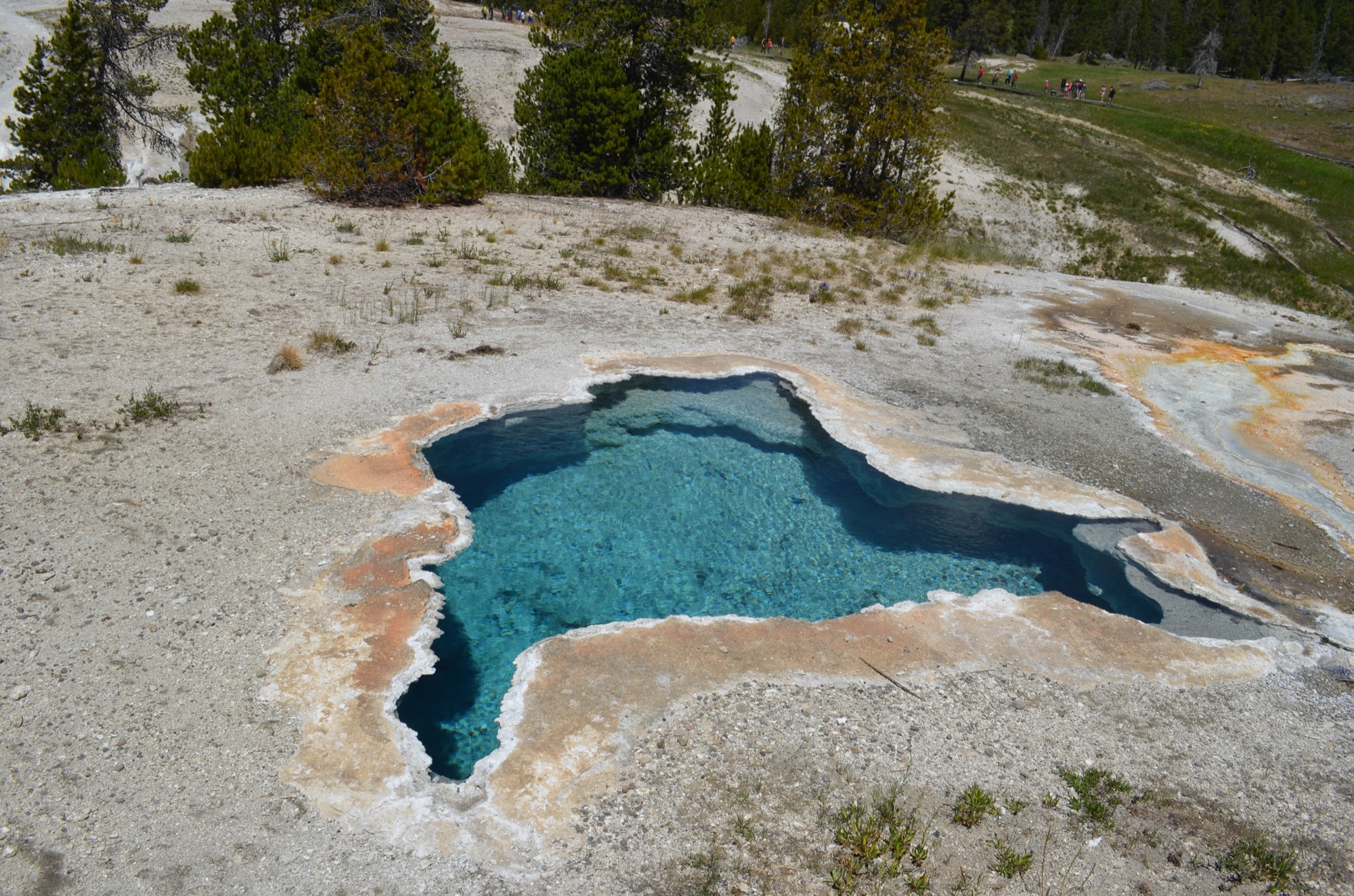Reeling in More Fish
Robin enjoyed bringing in a large number of fish. Some of her favorite fish photos are shown here. Everything we caught was catch and release, so the fish were returned to the river unharmed.
Robin enjoyed bringing in a large number of fish. Some of her favorite fish photos are shown here. Everything we caught was catch and release, so the fish were returned to the river unharmed.
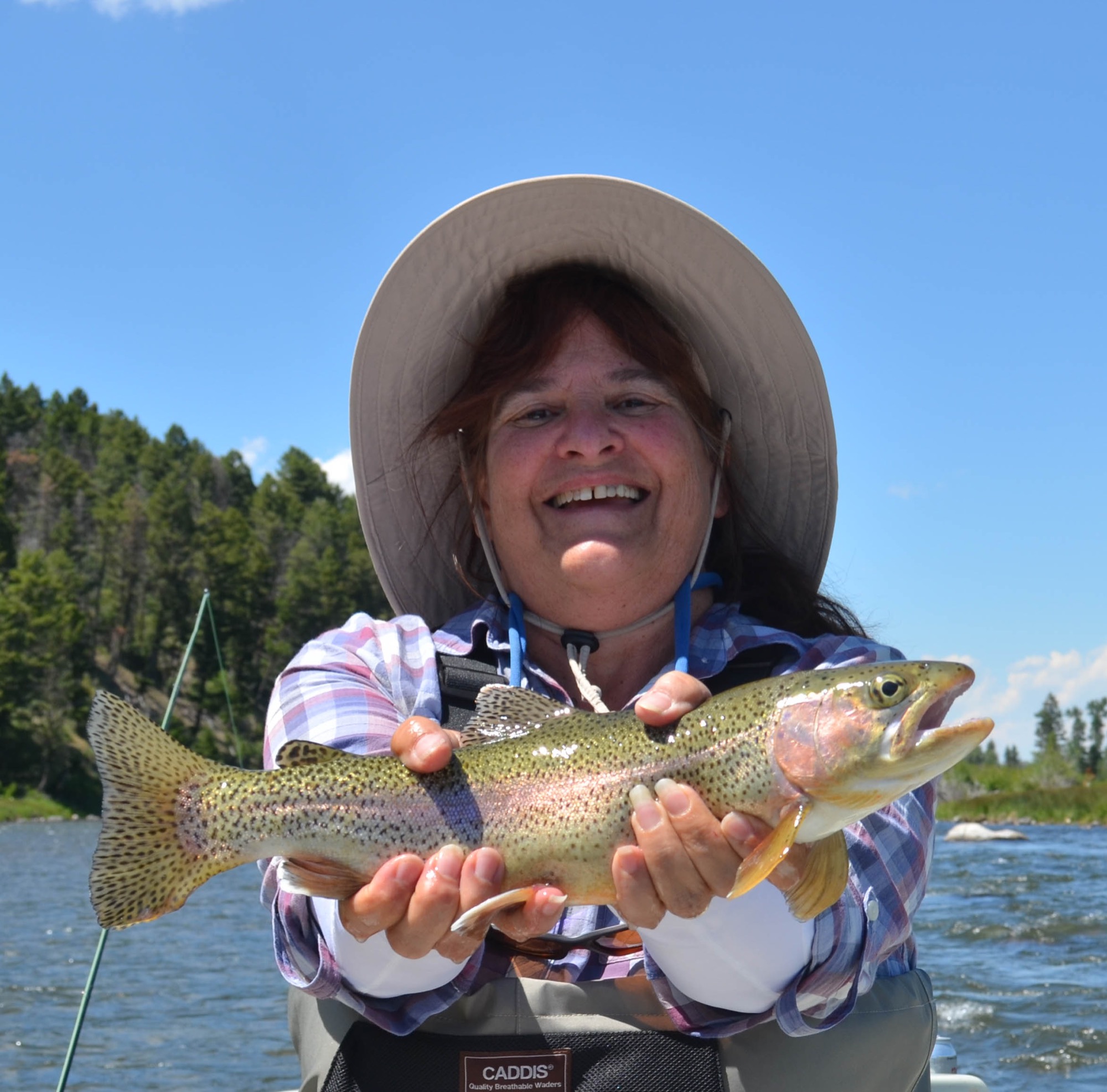
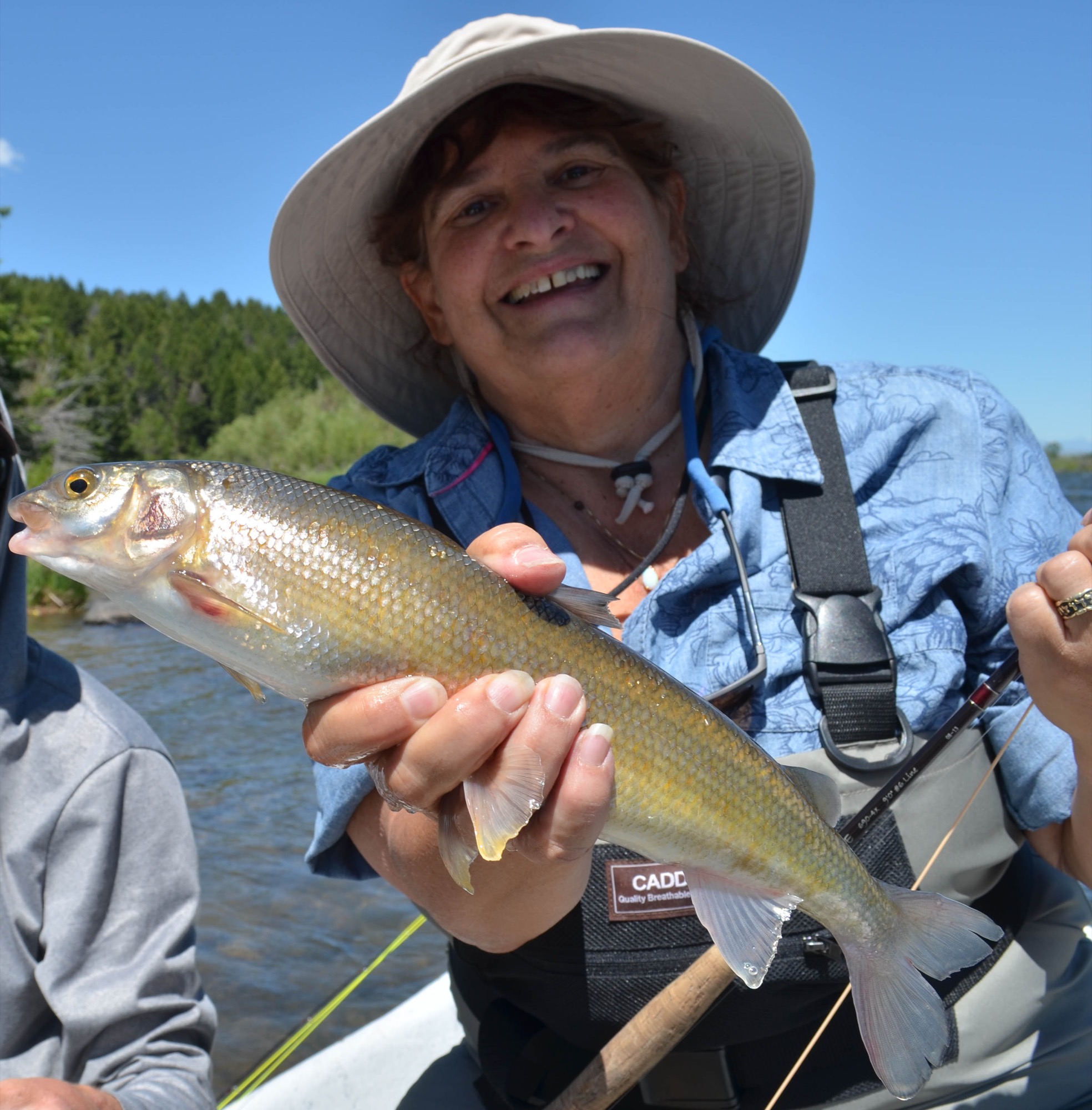



We spent two very full days on the river and along the way saw lots of beautiful scenery. There were snow capped mountains in the distance, lush green fields with wildflowers all around, forested hills, a beautiful flowing river, and lots of lichen covered rocks.



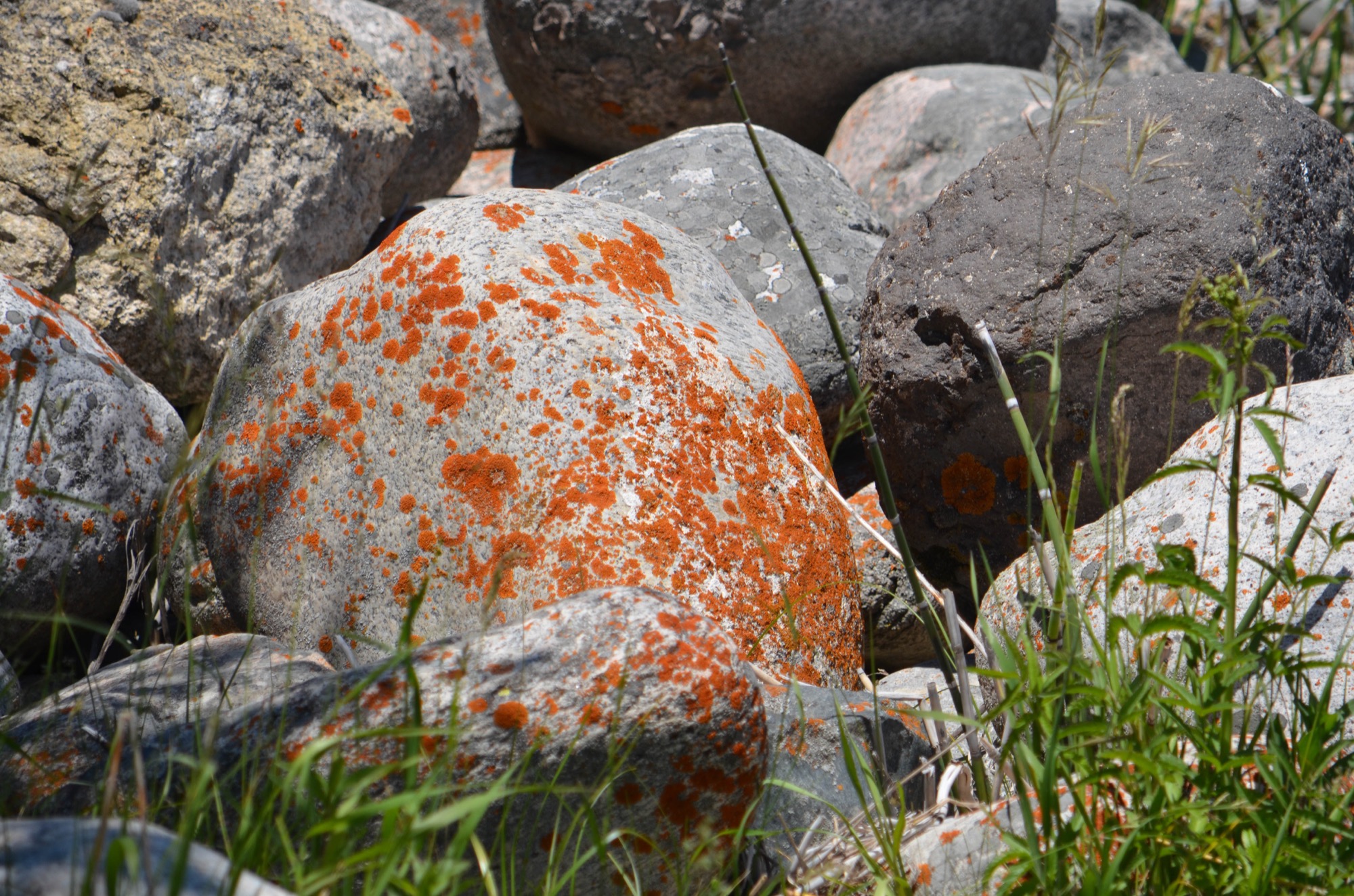


The osprey were circling over the river and doing a little fishing of their own. We passed an eagle's nest with three young eagles who were busy watching all of the activity on the river below them. There were also some beautiful tree swallows with blue iridescent feathers.



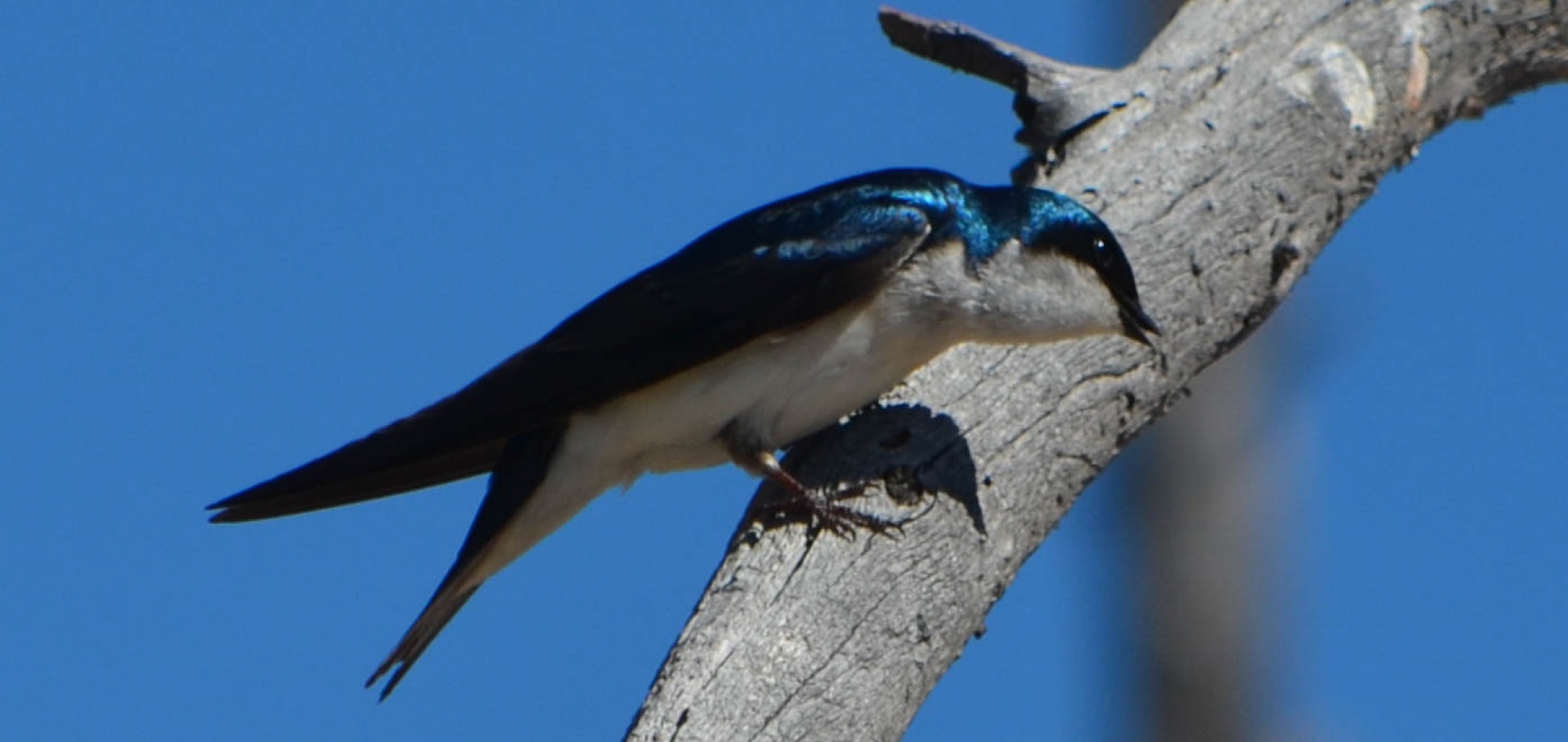

One of the places where we stopped to fish was right near a bridge that was home to a large number of cliff swallows. It was interesting to watch the birds in action. Check it out in this video.
In and around the water we saw flocks of Avocet, American Dippers, and Canadian Geese. We also passed a couple of beaver dens along our route. Even the cows and deer came down to cool off in the river.


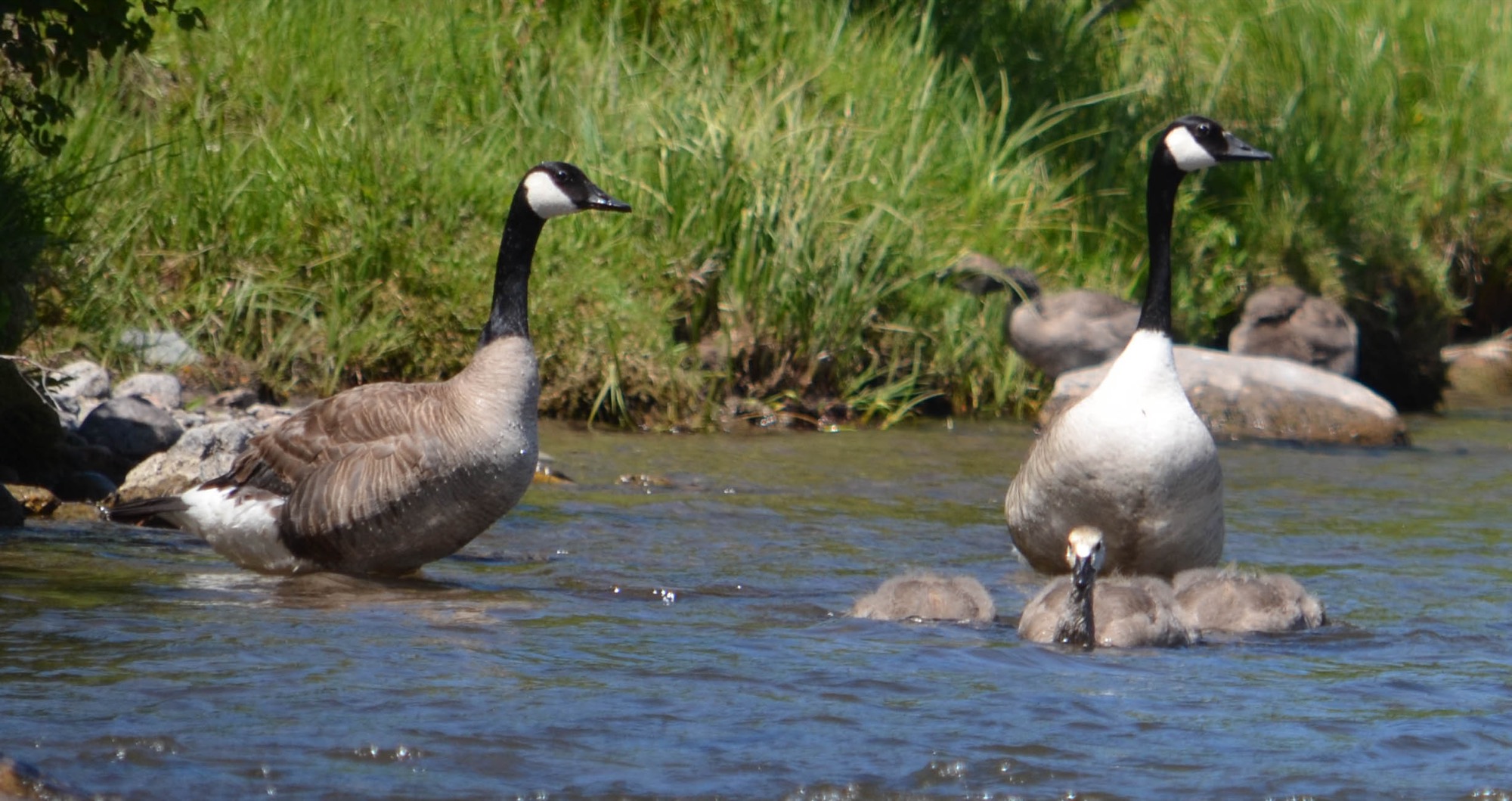



Fish were literally jumping out of the river to catch a meal from the plethora of hatching insects. We were told how lucky we were to have arrived during the week of the largest hatch of insects of the whole summer. As we scratched our many bites, we didn't feel so lucky...
The caddisflies swarmed around the bushes when they first hatched. From a distance, it looked like massive flames leaping from the bushes.
The salmon flies, which were two to three inches long, had also begun to hatch. The salmon fly nymphs were still very numerous in the water as well.





We thoroughly enjoyed our fishing experience. The guides were wonderful and we learned a lot as we honed our fly fishing techniques.

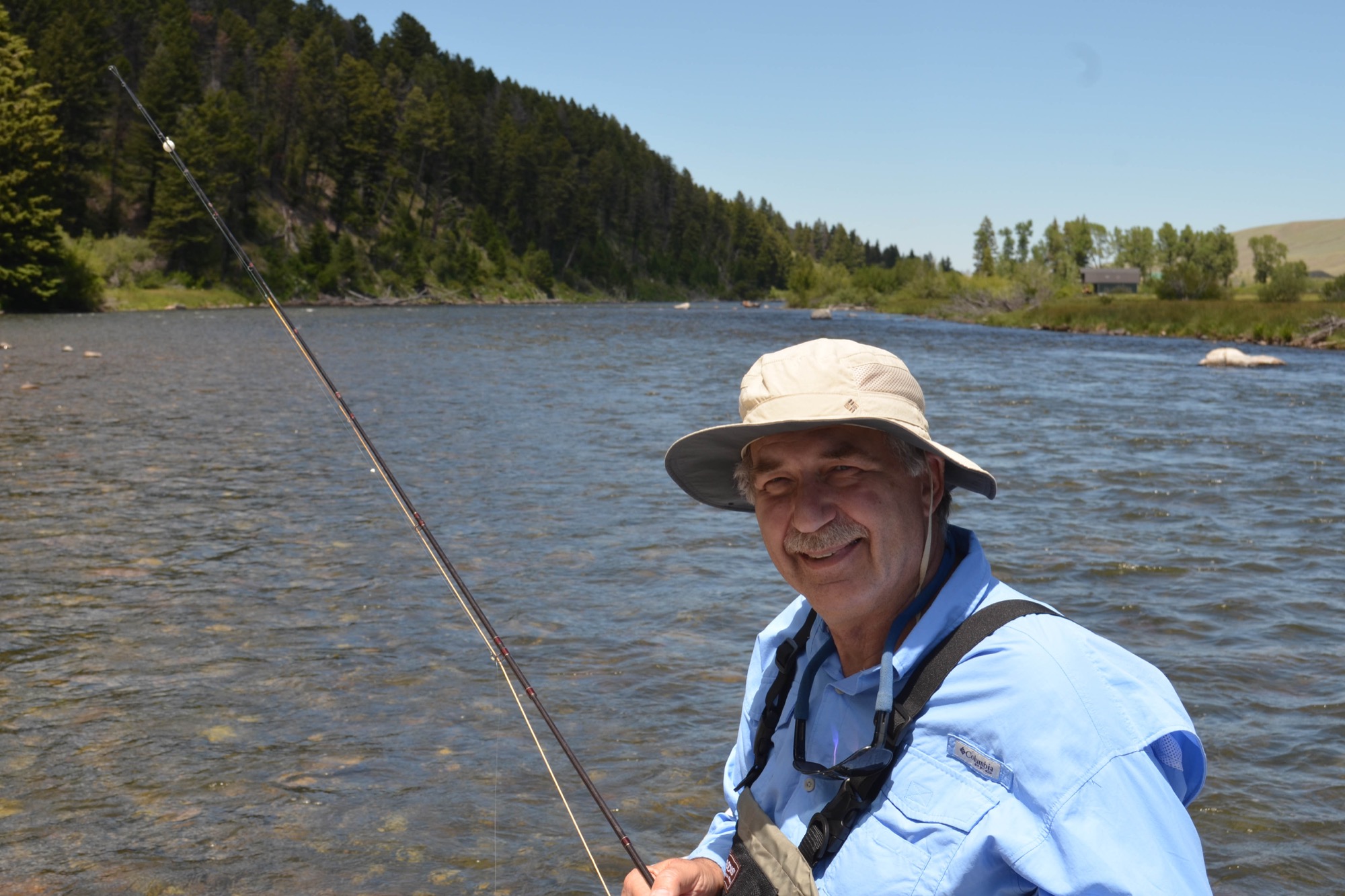
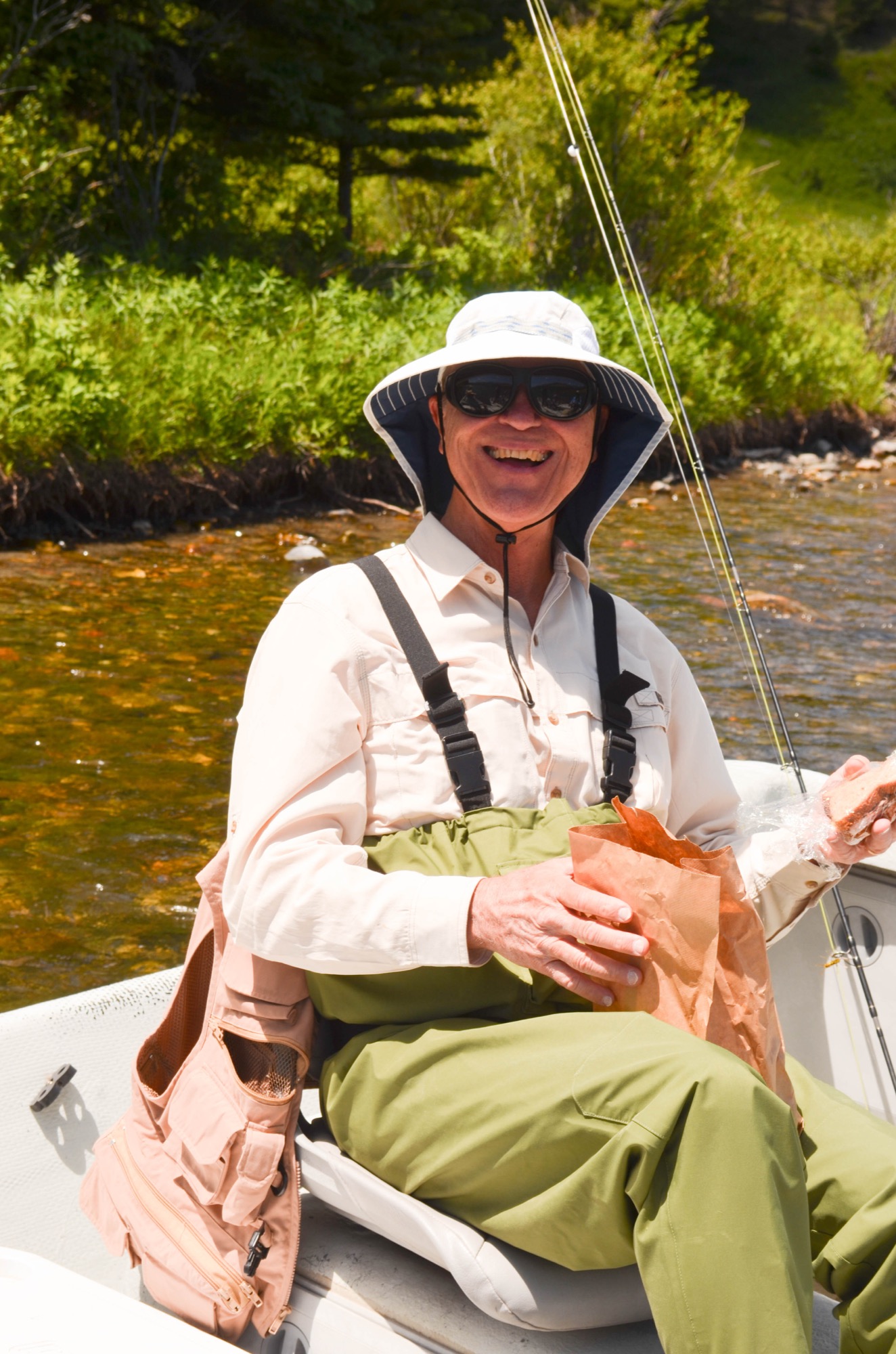

Just a short scenic drive away from our cabin was Yellowstone National Park. We have visited the park a couple of times before and are always in awe of the unique sights that Yellowstone has to offer.
Our first visit to the park was in 1981. While geologic processes change the face of the earth very slowly over long time intervals, time is not as forgiving of the human aging process. Thus, the geysers looked the same, but we did not. Sigh... could be worse.
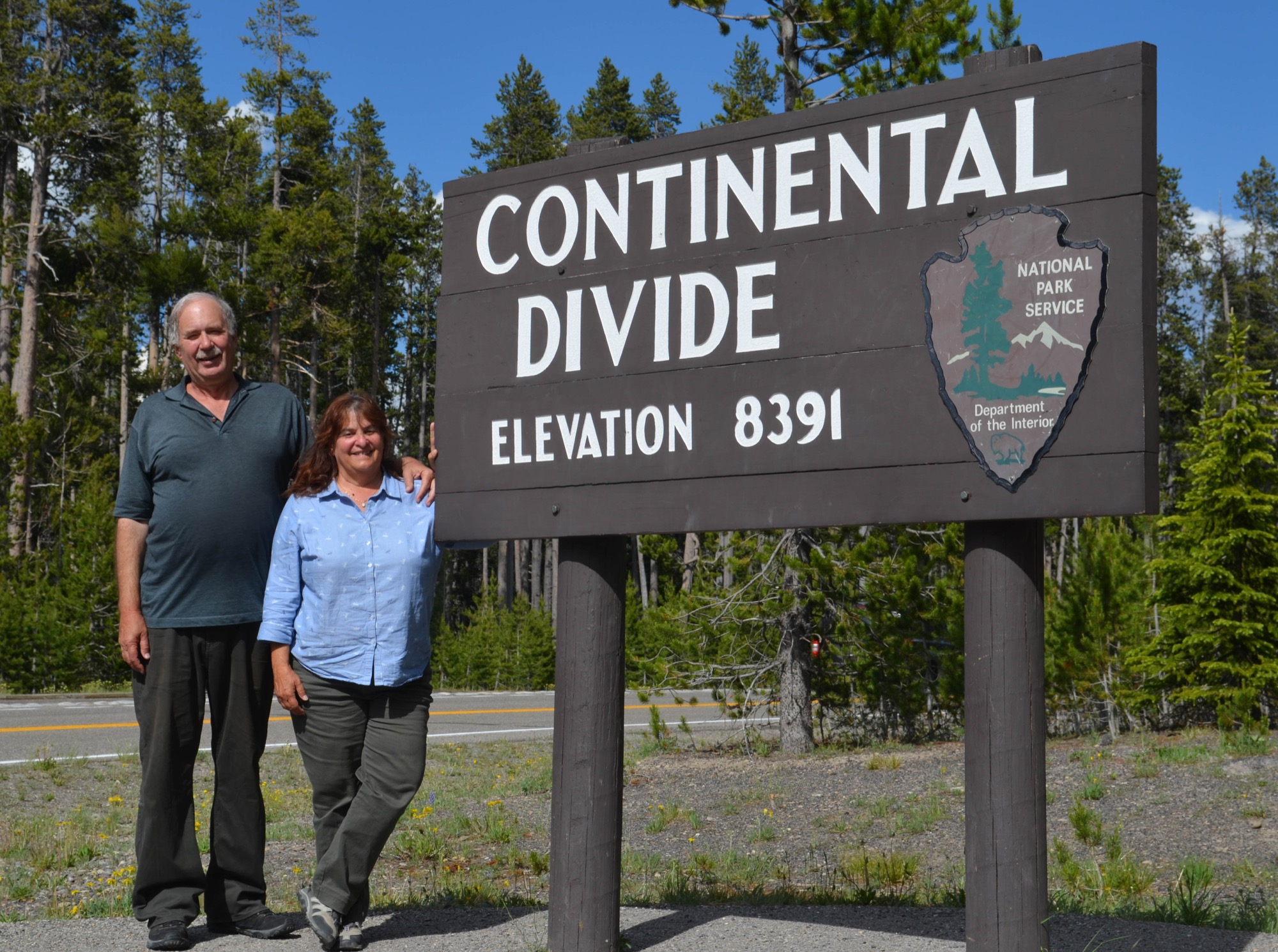


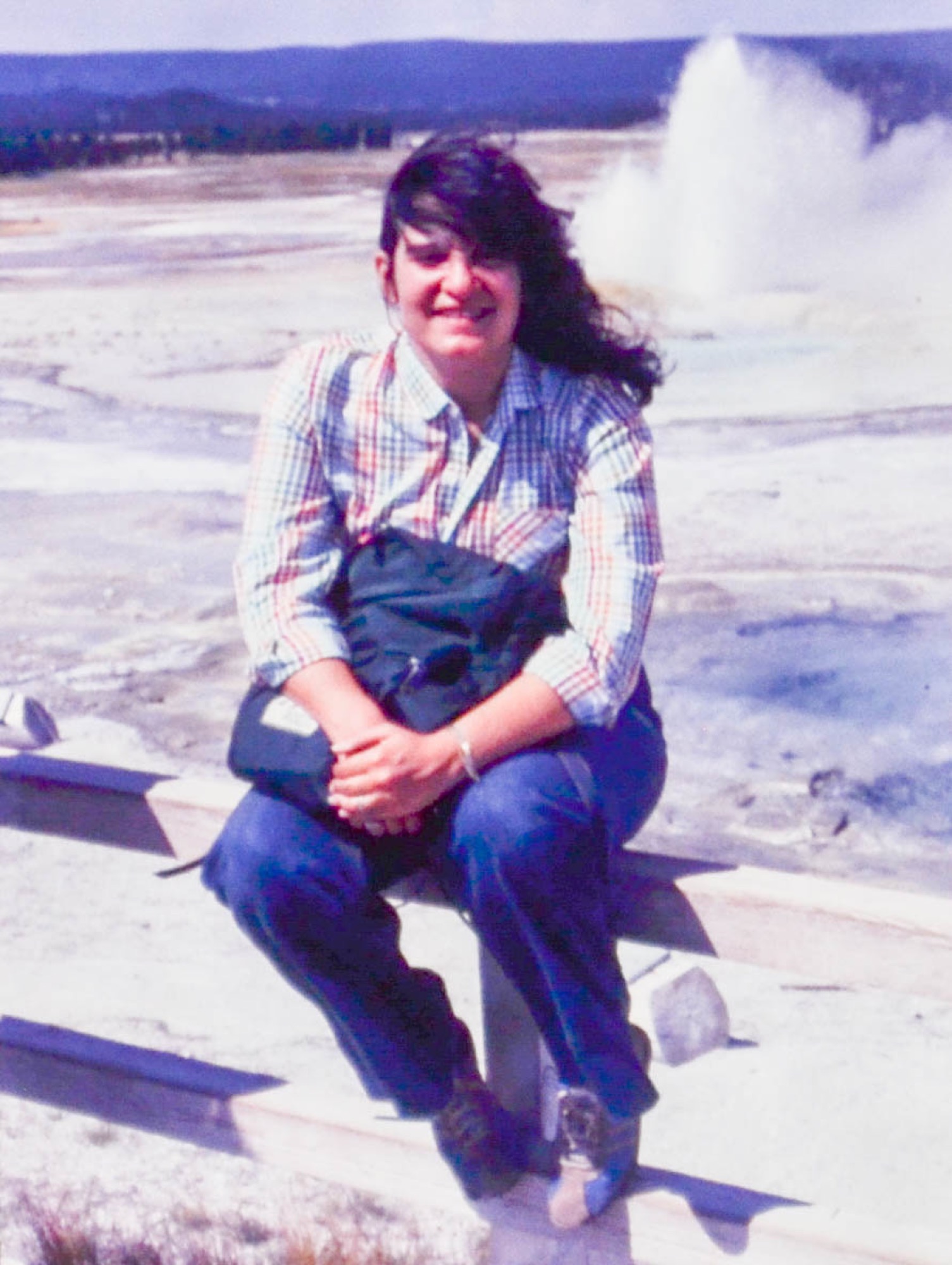

Half of the geothermal features in the world are located in America's first national park, Yellowstone, which was designated a national park in 1872.
There are an estimated 10,000 thermal features within the park, such as geysers, fumaroles, hot springs, mudpots, and travertine terraces. As a result, the ground in many areas is unstable and the park service has built lots of boardwalks near the thermal features so they can be viewed safely by visitors.



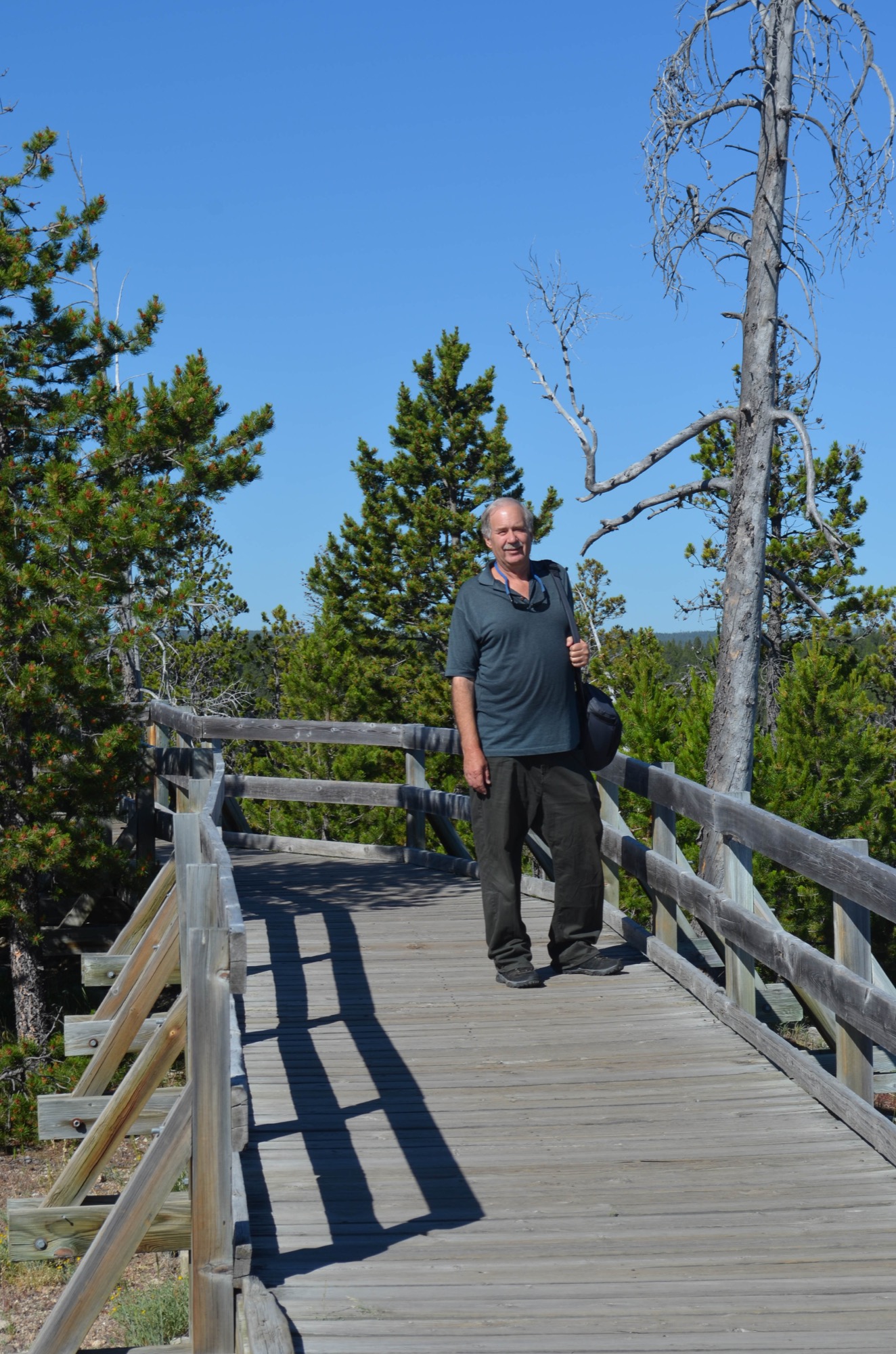
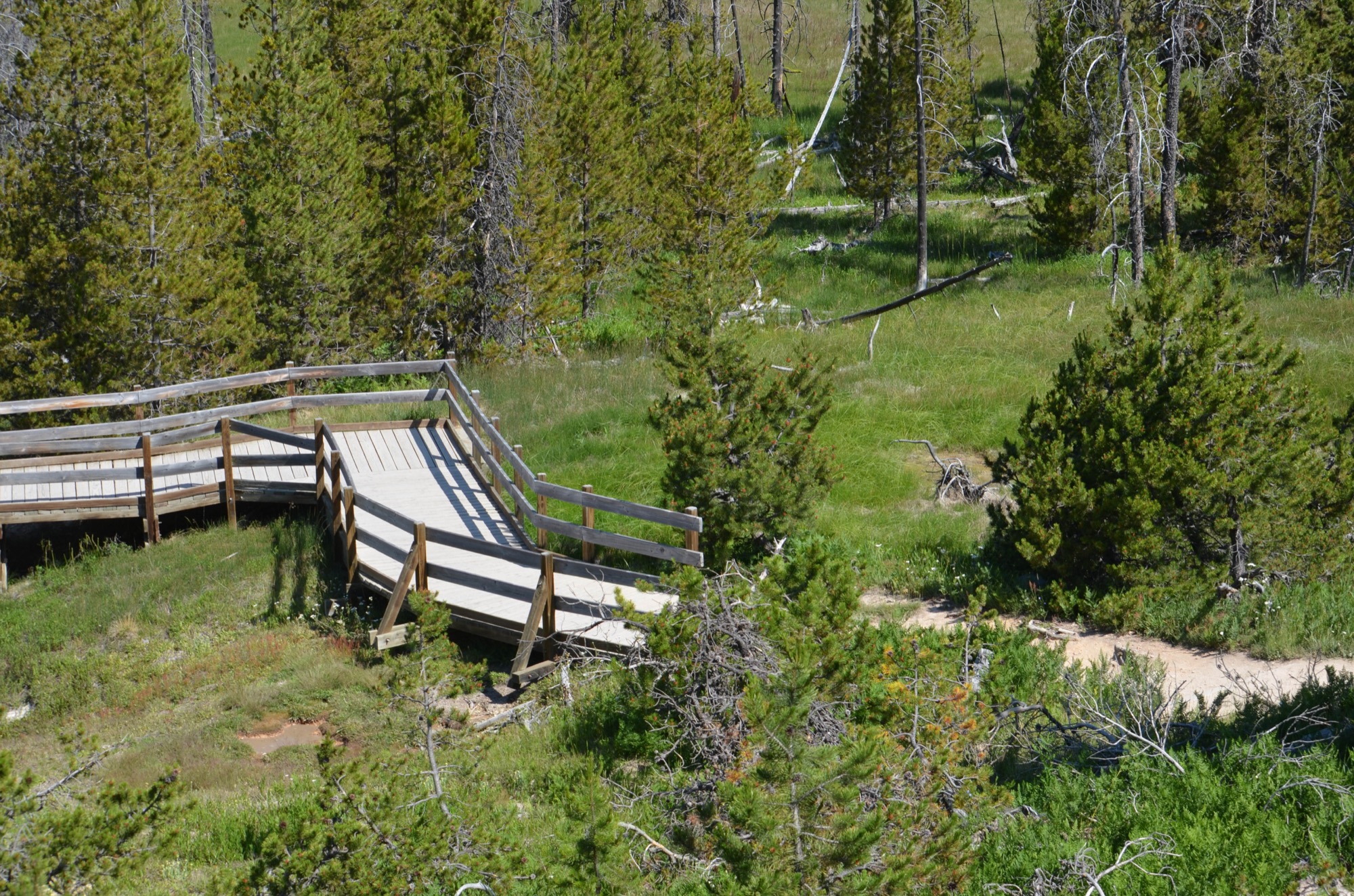
Super heated water from underground thermal activity bubbles up to the surface and collects in springs or pools. The build up of minerals, such as silica, carried by the water form beautiful formations in and around the pools.
The water in the pools is near boiling point and provides a wonderful environment for thermophilic (heat loving) bacteria. These bacteria can be very colorful and live in large colonies that provide an interesting palate of vibrant hues in the pools.

